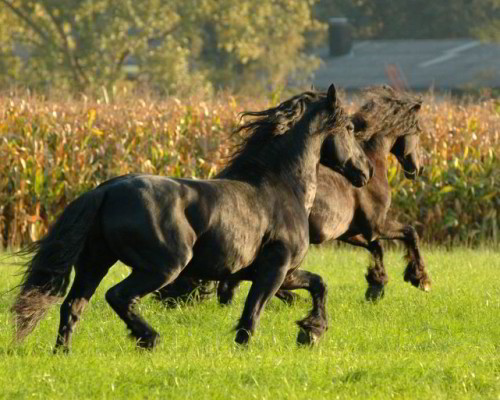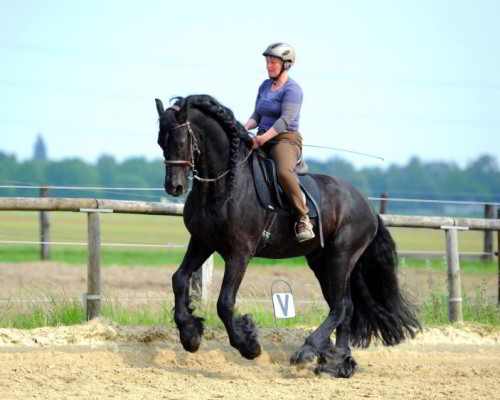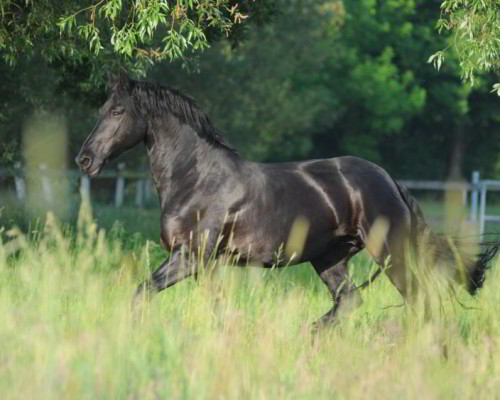BOUTON THE SUPER SNIFFER
To Claire Fraser, Bouton, the extra-sensory dog/triage specialist in Diana Gabaldon’s second book, Dragonfly In Amber, seems more a canine magician than scruffy pup. Still, after watching his gift for sniffing out illness and injury while working at the L’Hôpital des Anges, Claire comes to believe in his ability to hunt down hidden injuries and illnesses, and to even sense the hearts of humans. When reading Gabaldon’s books 20-plus years ago, I had never heard of dogs like Bouton and had no idea anecdotes about these types of canines existed … but I’m guessing even our prescient Diana Gabaldon-cum-Dr. Doolittle may have heard (or read) that they existed. At any rate, today, a growing body of scientific studies shows a depth of understanding of the gifts of perception and communication by dogs about the humans around them.

“She never gave the appearance of hurrying, but covered an immense amount of ground during the day, pacing the flat gray stones of the Hôpital wards with a stride that covered a yard at a time, her small white dog Bouton hurrying at her heels to keep up. … often Bouton would spring onto the mattress, nuzzling and sniffing at the startled patient. He would sit down, often on the patients legs, bark once, and glance up inquiringly at Mother, wagging his silky plumed tail as though asking her opinion of his diagnosis — which she always gave.”
Diana Gabaldon, Dragonfly in Amber
FIVE AMAZING DOG NOSE FACTS:

- A dog’s sense of smell is 10,000 to 100,000 x stronger that of humans.
- A dog’s nose print is as unique as a human’s fingerprints.
- The portion of a dog’s brain related to scent is more than 4x larger than a human’s.
- A dog’s nose has a membrane that separates inhalations into two tracks, one for olfaction, which breaks scent into informational bits for the dog, and one for respiration. Dogs truly are Nature’s detectives!
- Dogs don’t sweat like humans, so those with normal nasal conformation (not those with brachycephaly/”smashed” noses as seen in French bulldogs, pugs, boxers, etc.) cool warm air panted through their nasal passages via systems of turbinates and secretions.

The fictional Mother Hildegarde’s dog Bouton never questioned his diagnostic abilities and gifts, and now very real scientists are accepting canine diagnostic skills as fact … and looking for ways to help today’s medical practitioners to use them. Doctors can’t explain it, but some patients with epilepsy report that their dogs are able to tell them when a seizure is coming. Jennifer Arnold, founder of Canine Assistants in Georgia, tells service-dog recipients there’s no way to train the animals to predict seizures — only to respond once they occur. But she says about nine out of 10 of the service dogs her organization has placed develop the ability on their own within a year of placement.
“Dogs can sense more than just oncoming seizures,” said Dr. Stanley Coren in his book, What Do Dogs Know? “Richard Simmons, a research associate working on a project supported in part by the U.S. National Institutes of Health, told me a story about Marilyn Zuckerman of New York and her Shetland sheepdog, Tricia. ‘Tricia had developed the annoying habit of sniffing or nuzzling Marilyn’s lower back whenever she sat down. Marilyn’s husband looked and noticed that there was a dark mole in the location that Tricia seemed to be interested in. It seemed odd that the dog cared about this mole, but since it caused no discomfort, Marilyn just ignored it. One spring day, though, Marilyn was lying face down on her balcony in a bathing suit, simply enjoying the sunshine when suddenly she felt teeth on her back. It was Tricia, who apparently was trying to remove the mole.
“Marilyn’s husband suggested that there must be something odd about the mole if it was bothering the dog that much. More out of curiosity than anything else, Marilyn showed it to her doctor. Before the day was out, Marilyn was at the Cornell Medical Center, where the mole was diagnosed as skin cancer — actually a virulent and potentially fatal form of melanoma. Tricia’s early warning probably saved Marilyn’s life … it was because of stories like Marilyn’s that we began testing dogs’ diagnostic abilities. Our preliminary data suggests that dogs can detect melanomas and several other types of cancer well before there is any other indication of a problem. Some dogs will show agitation the moment a person with cancer enters the room. It may well be that someday in the future, inspection by a dog may become a routine part of cancer screening.”

Dr. Coren was correct. At the InSitu Foundation of Chico, California, dogs are being trained in bio-detection to sniff out cancers as varied as upper thoracic, lung, breast, and ovarian. These amazing canines are being placed into research studies at prestigious academic programs, from Duke University to University of California, Davis. The InSitu dogs train to detect cancers via urine, saliva, breath and plasma, not by simply sniffing people, although dogs elsewhere do. “In San Anselmo, Calif., Nancy Best noticed that her dog kept sniffing and licking at her right breast. Doctors found breast cancer. Research has shown that malignant tissues release chemicals that are different from normal tissue, and “’it’s not surprising that dogs can recognize these differences’,” said Ted Gansler, MD, MBA, director of medical content for the American Cancer Society, in an article on webMD.
Can dogs predict drops in blood sugar? In 2008, Deborah Wells, Ph.D., a psychologist at Queens University in Belfast, Northern Island, reported on type 1 diabetes patients who said their animals often alerted them to low blood sugar before they noticed their own symptoms. Wells is now studying whether there is scientific evidence to support the phenomenon.

If dogs can be trained to use their amazing noses to sniff out explosives or drugs, it is no wonder they are also great at reading human urine samples for things such as prostate cancer and are in fact being trained to do just that. In an Italian study spotlighted by the Harvard Health Publications, two German Shepherds were trained to sniff out PSA or prostate specific antigen. Dr. GianLuigi Taverna and his team “presented the animals with 677 urine samples—320 of them collected from men with prostate cancer and 357 from men without cancer. The dogs undoubtedly earned their rewards: they correctly identified the urine samples with prostate cancer 99% of the time and those without cancer 97% of the time.” This growing body of research makes it even clearer that dog is, indeed, man’s best friend!

“Yes,” said Mother Hildegarde, casually, but with an unmistakeable note of pride. “He’s very good at locating tumors beneath the skin, as well. And while I cannot always tell what he finds in the odors of breath and urine, he has a certain tone of bark that indicates unmistakably the presence of a derangement of the stomach.”
Diana Gabaldon, Dragonfly in Amber






Jayne Coleman
August 6, 2016What a great story. I had some things about this type of ability in dogs before but this takes it further. If you are going to write something about Adso you might be interested in how cats purrs can assist in healing, especially bone fractures.